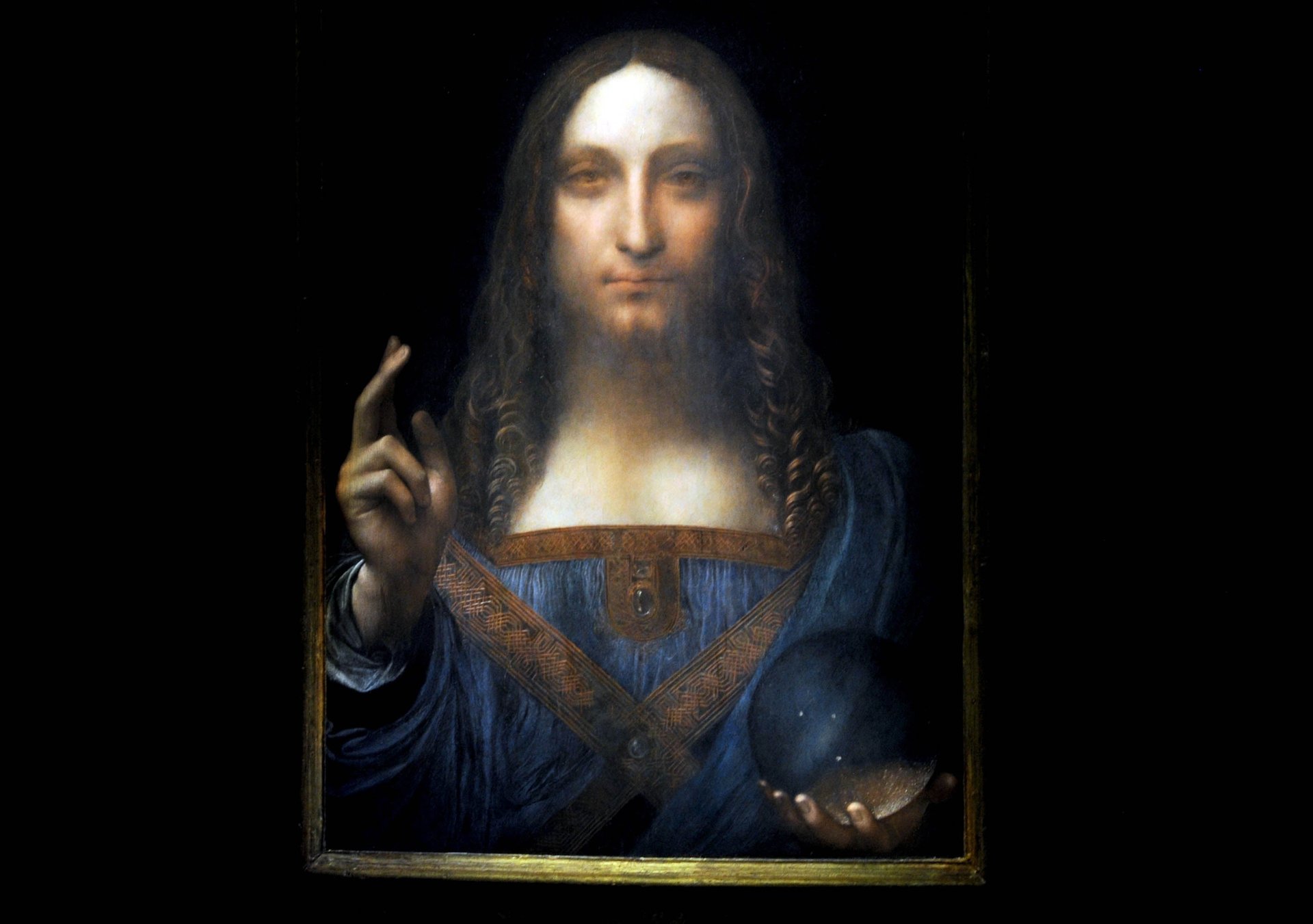For the first time in nearly a decade, rich people invested more in art than wine
If you had near-endless amounts of money, what would you spend it on? Every year, global real estate consultancy Knight Frank and real estate firm Douglas Elliman dig into this question and compile the answers in The Wealth Report, which was unveiled in New York this week.


If you had near-endless amounts of money, what would you spend it on? Every year, global real estate consultancy Knight Frank and real estate firm Douglas Elliman dig into this question and compile the answers in The Wealth Report, which was unveiled in New York this week.
The report highlights the spending patterns of the world’s ultra high net worth individuals (UHNWI)—those with investable assets of at least $30 million—from the property they purchase to the size of their yachts. And while it’s no surprise that UHNWIs like expensive things, the report does reveal a few unexpected details.
Indeed, for the first time since 2010, wealthy folks have spent more money on art than “investment grade wine”, which topped last year’s Knight Frank Luxury Investment Index. The index ranks the investment performance of ten asset classes by tracking the value of each, from diamonds to stamps. Here’s how they stack up:
A big year for art
The art market has been particularly volatile over the last decade. While art was the most popular asset in 2010, with a 25% increase over the year, 2009 was a weak year in general as a result of the global recession. “2007 (+48%) and 2008 (+47%) were the big years,” notes Andrew Shirley, editor of The Wealth Report and Knight Frank Luxury Investment Index in an email.
As for what kinds of art people are investing in, Shirley says that Chinese works are popular, as well as an increased demand for African art. He points to the record-setting sale of the 1974 painting of Adetutu Ademiluyi, a Nigerian princess, by Nigerian artist Ben Enwonwu. The work, called Tutu, sold for £1.2 million ($1.67 million) from Bonhams London.
The biggest contributor to this year’s art takeover was Christie’s headline-grabbing sale of Salvator Mundi, by Leonardo da Vinci, for which a mysterious buyer from the Middle East shelled out a staggering $450 million, breaking the previous $179 million record set by Picasso’s Women of Algiers in 2015. It was later revealed that the buyer was a little-known Saudi prince (paywall), purchasing the piece on behalf of crown prince Mohammed Bin Sultan, who is notorious for his many baubles (he owns a £452m yacht and a slightly less pricey French chateau). The painting is to be kept in the Louvre Abu Dhabi.
The other notable contributor to the art trend was Untitled, by American artist Jean-Michel Basquiat, which was sold to Japanese collector Yusaku Maezawa for $110.5 million as the most expensive work sold by a US artist.
The “Joy of Ownership”
The report details the reason rich people buy expensive things—in addition to the objects themselves—and found that the “Joy of Ownership” is the number one motivation, followed by more practical motivations like capital appreciation, a safe haven for capital, and investment portfolio diversification. (Oh, and number five, status among peers).
Real estate is also a factor for the art market spike: “There’s undoubtedly a close relationship between luxury homes and art,” says Knight Frank’s Rupert des Forges in the research, noting that sellers use art to drive up the overall value of a property. Des Forges adds that a tony show home is typically expected to display art that’s worth over $500,000.
Vino and cars—a better long-term bid
Wine was the top-performing asset in 2016 with 24% growth, and took second place in 2017 with an 11% uptick, according to data compiled from Wine Owners. The Wealth Report notes that much of this demand is driven Asian buyers, with scarcity-driven varieties from regions like Burgundy the strongest sellers. In fact, Chinese buyers as a demographic were some of the top overall luxury investors in 2017, with Hong Kong jeweller Chow Tai Fook paying a record $553 million HKD ($71 million) for a 59.6-carat vivid pink diamond, called The Pink Star.
That said, blue-chip wines are still a better long-term investment than every asset besides classic cars, which are the best performing asset when considered over a ten-year period. This year’s record was set by a 1956 Aston Martin DBR1 auctioned by RM Sotheby’s for $22.5 million.